Dealing With Barbarians
The TV drama series “The Shogun” casted by Hiroyuki Sanada has made history by not only sweeping multiple awards in the Emmy and Golden Globe, but also accurately depicting Japanese samurai using the latest film technology.
While such performance is undoubtedly terrific for Japanese culture, the following underlying question remains – What is a Shogun anyway?
To understand this, we must dive into Japanese history a little bit.
First of all, the term “Shogun (将軍)” means General when directly translated, but this is somewhat misleading as it does not describe its true nature.
In fact, the official word for Shogun is “征夷大将軍 (sei-i taishogun)” which can be translated to “The Supreme General for Conquering Barbarians.”
It was a military position/rank given by the Emperor back in the 8th Century to subjugate the peripheral regions who were still not under Imperial rule.
The appointee was expected to lead an expeditionary force, particularly towards the mountainous Tohoku Region (northern Japan) where local tribes resisted the Emperor’s command.
The Shogun’s job was to quell these so-called “barbarians” and bring civilized order on behalf of the Emperor, unifying the Japanese archipelago as a result.
As military expeditions gradually achieved their objectives, local resistance died down and many people started settling into the once remote “backwater” region.
However, the Shogun remained as an honorary position within the Imperial hierarchy.
The Leader Of Samurai
The nature of the Shogun’s status changed when samurais, who originally were security guards for the Imperial Court and Aristocracy, started to wield political authority in the 12th century.
The Shogun was eventually deemed as the leader of all samurai, exceeding its original meaning as the chief of an expeditionary force.
Its role basically transformed from conquering barbarians to representing and commanding all samurais on behalf of the Emperor.
This was a major breakthrough in terms of actual influence, bringing exponentially more authority compared to its original form.
Thus, those who became Shogun usually established their own samurai administration called “幕府 (Bakufu).”
The Bakufu was basically a military regime that functioned as a de-facto ruling body of Japan, though its political legitimacy required approval from the Emperor.
The first of such samurai regime was the Kamakura Bakufu founded in 1185 by Yoritomo Minamoto. From this moment, Japan would be ruled by samurai administrations until 1868, albeit several attempts to restore Imperial rule.
This Kamakura Bakufu would fall in 1333, as depicted in the Anime “Elusive Samurai,” and after a series of chaotic civil wars, a new Shogun would ultimately take its place – Takauji Ashikaga.
Interestingly, Hiroyuki Sanada played the role of Takauji in the 1991 TV drama series “Taiheiki” which portrays the Shogun’s turbulent life.
So, he was already known for starring as a different Shogun in Japan way before “the Shogun.”
Rise And Fall Of Shoguns
After the death of Takauji in 1358, the Ashikaga Bakufu would continue to reign over Japan until 1573.
But, out of the 15 Shoguns during this period, the majority failed to secure their control over the various samurai warlords. Rebellions and uprisings were rampant, and it was not uncommon for the Shogun to flee Kyoto and hide in exile.
By the mid-16th century, the Shogun’s authority was nowhere to be seen, and had to rely on powerful warlords to back up his administration.
The Shogun’s true power would only revive in 1603 when Ieyasu Tokugawa was granted the position and established a new Bakufu in Edo (present-day Tokyo).
Being the most powerful samurai warlord at the time, it was only natural for Ieyasu to be appointed Shogun, and he is credited for ending the Warring States Era, an endless period of violent wars for nearly 150 years.
By learning the pros and cons of the previous samurai regimes, the Tokugawa Bakufu managed to achieve 260 years of relative peace and stability.
The End Of Shogun.
Nonetheless, no power is immune from decline or political decay, as history has repeatedly proven.
The Tokugawa Shogunate was no exception, as its authority started to falter by the beginning of the 19th century.
Then, the Western powers came to Japan.
The arrival of the West tested the Shogun’s true capability not only as the leader of samurai, but also its original role in dealing with “barbarians.”
If we recall, the Shogun’s initial task was to quell barbaric enemies of the Emperor. But, the Tokugawa Shogunate was incapable of repelling such “barbaric” Western powers, despite the Imperial Court pressuring them to do so.
Of course, the Shogun was more pragmatic when it came to diplomacy, well acknowledging the technological and military disadvantage against the West.
That being said, for many samurais, it appeared the Shogun was no longer qualified to stay in such position. What is the purpose of a Shogun if he can’t fulfill his duty of dealing with barbaric enemies.
In this manner, the arrival of the West led to people questioning the Shogun’s legitimacy and meaning, giving just cause for the pro-Imperial and anti-Tokugawa factions.
With more and more people casting doubt towards his authority and legitimacy, the last Shogun, Yoshinobu Tokugawa struggled to maintain his political influence.
In 1867, he returned political authority back to the Emperor, though he aimed to retain some level of power in the next administration.
The newly formed government was envisioned to be a coalition of prominent samurai daimyos (lords), and Tokugawa would certainly be the most powerful among them since they enjoyed superiority in the amount of land, wealth, military force and bureaucratic experience.
However, this political gamble failed with the outbreak of war at Toba-Fushimi, where the Shogun’s army lost to the numerically inferior pro-Imperial forces.
As such, the last Shogun’s dream of surviving as a political stakeholder in the new era ended in shambles. Battered and weary from defeat, Yoshinobu quickly gave up on any resistance and surrendered Tokyo to the New Government forces.
He was placed under house arrest and later sent to Shizuoka, spending most of his remaining life there enjoying various hobbies. The Last Shogun later moved back to Tokyo, which had greatly transformed due to modernizatioN, and died in 1902.












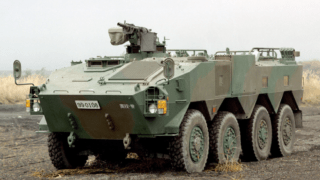
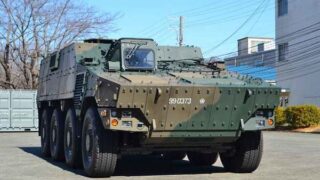
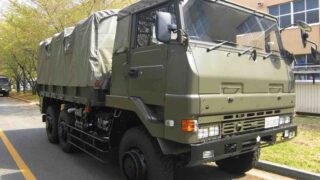



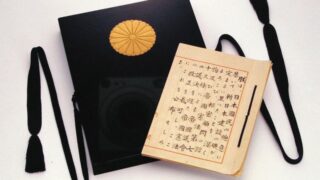
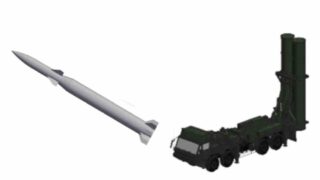
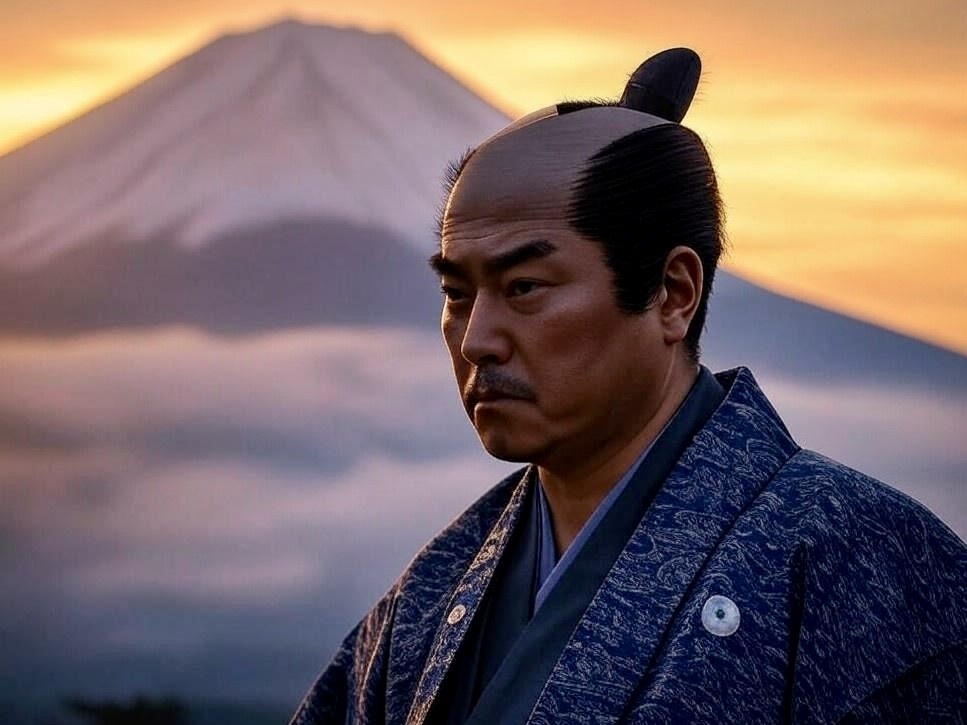
Comments